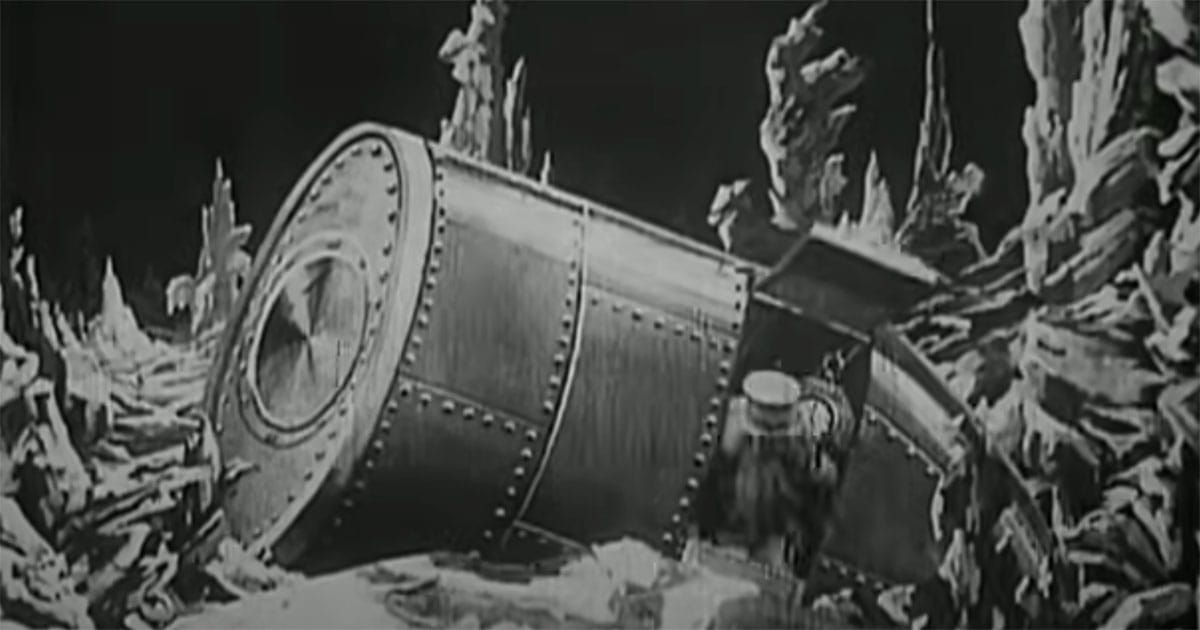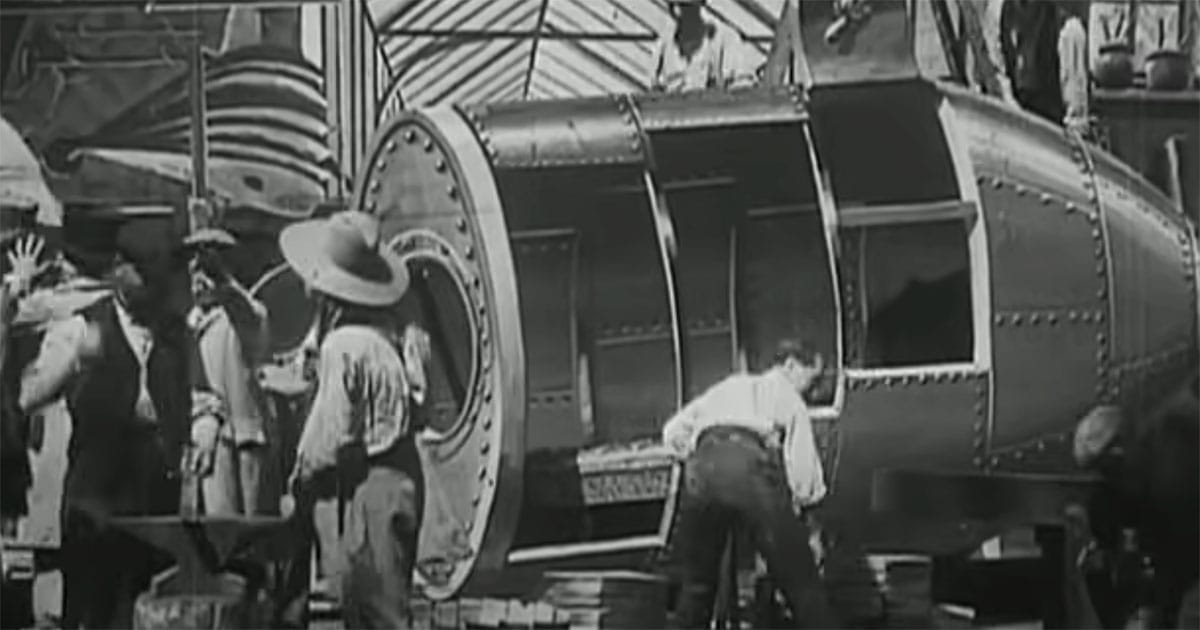The First Science Fiction Movie Ever Made
Georges Méliès' 1902 film "A Trip to the Moon" launched science fiction cinema with handmade charm and a rocket in the Moon’s eye, blending spectacle, imagination, and early visual storytelling.

The First Science Fiction Film Debuts in 1902
In the year 1902, long before science fiction meant blinking computers, spaceships, or galactic wars, a former magician named Georges Méliès turned his camera to the stars—and changed film history. With "A Trip to the Moon," he gave the world its first science fiction movie. It wasn't just a whimsical tale—it was the very beginning of science fiction on film.
The story is simple. A group of astronomers builds a rocket, loads it into a giant cannon, and fires it straight at the Moon. When they land—famously hitting the Moon right in the eye—they encounter strange lunar creatures called Selenites. They capture one and return to Earth in triumph.
But more important than the story is what Méliès did with it. Using painted scenery, stagecraft, and early special effects, he created moving images no one had ever seen before. This was 1902. Audiences had never seen a rocket launch. They'd never seen the Moon with a human face. And they had certainly never seen science fiction brought to life this way.
Méliès was inspired by the novels of Jules Verne and H.G. Wells. But unlike those books, which needed the reader's imagination, Méliès put it all on screen. "A Trip to the Moon" wasn't just a film. It was a handcrafted space adventure, built from cardboard, paint, and stage magic.

The most iconic moment? A single frame—the rocket stuck in the Moon's eye. It's strange, funny, and unforgettable. That image has lasted over a century because it speaks to something deep within us. The urge to reach beyond the Earth. To poke the heavens. To explore.
The film had no spoken words and little structure, just a series of lively scenes. Still, its impact was immediate. It was copied and pirated almost at once. In America, Thomas Edison even released an unauthorized version. Méliès fought back but lost. He earned little from the film and eventually died in poverty.
Yet the legacy of "A Trip to the Moon" lives on. It planted the first seed of science fiction cinema. Before "Metropolis," before "Forbidden Planet," before "Star Wars"—there was Méliès and his cannon-launched spacecraft. In his hands, science fiction became something new: a visual spectacle.
Today, with digital effects and endless CGI, it's easy to forget the charm of painted cardboard and old film reels. But every time you see a spaceship lift off or an alien world come to life, remember where it all began—with a magician, a camera, and a dream of the Moon.

